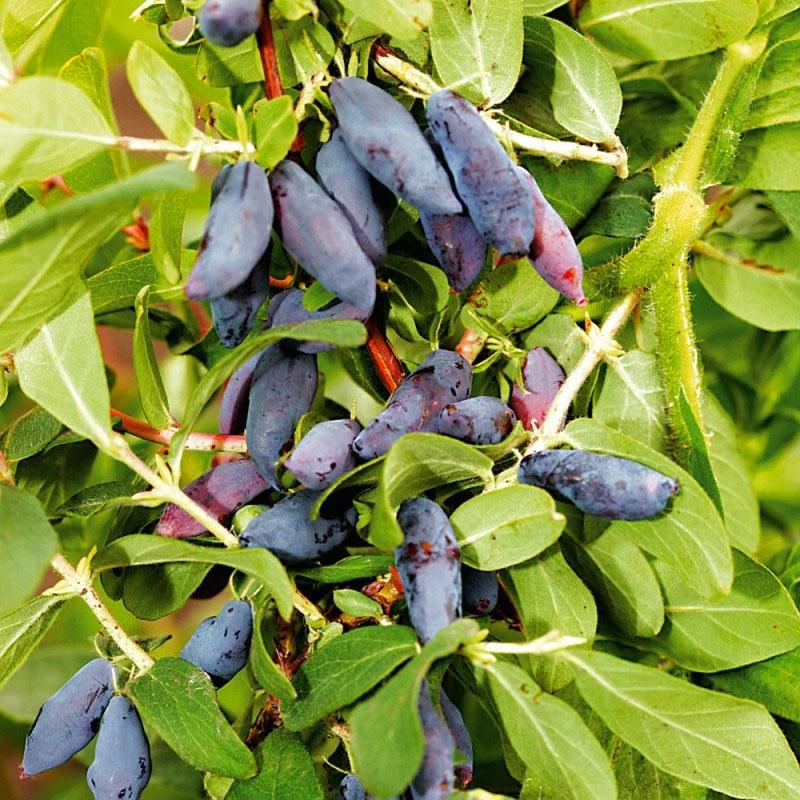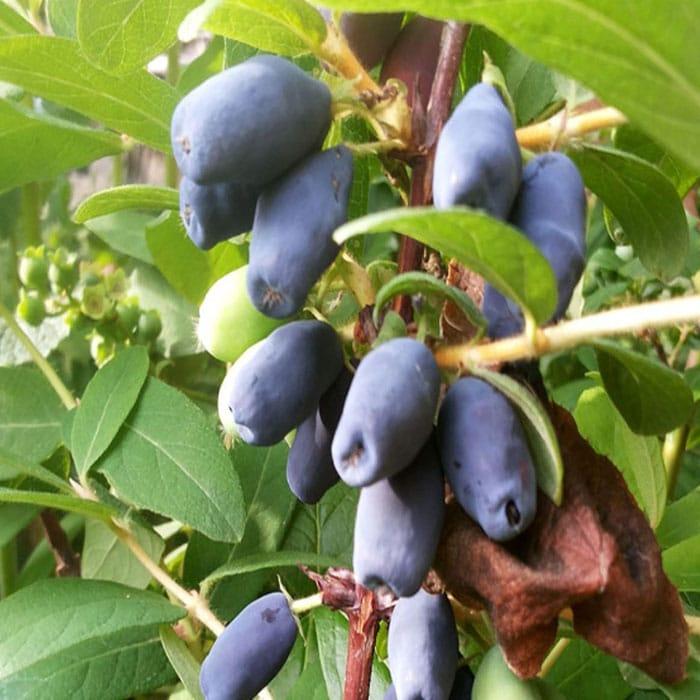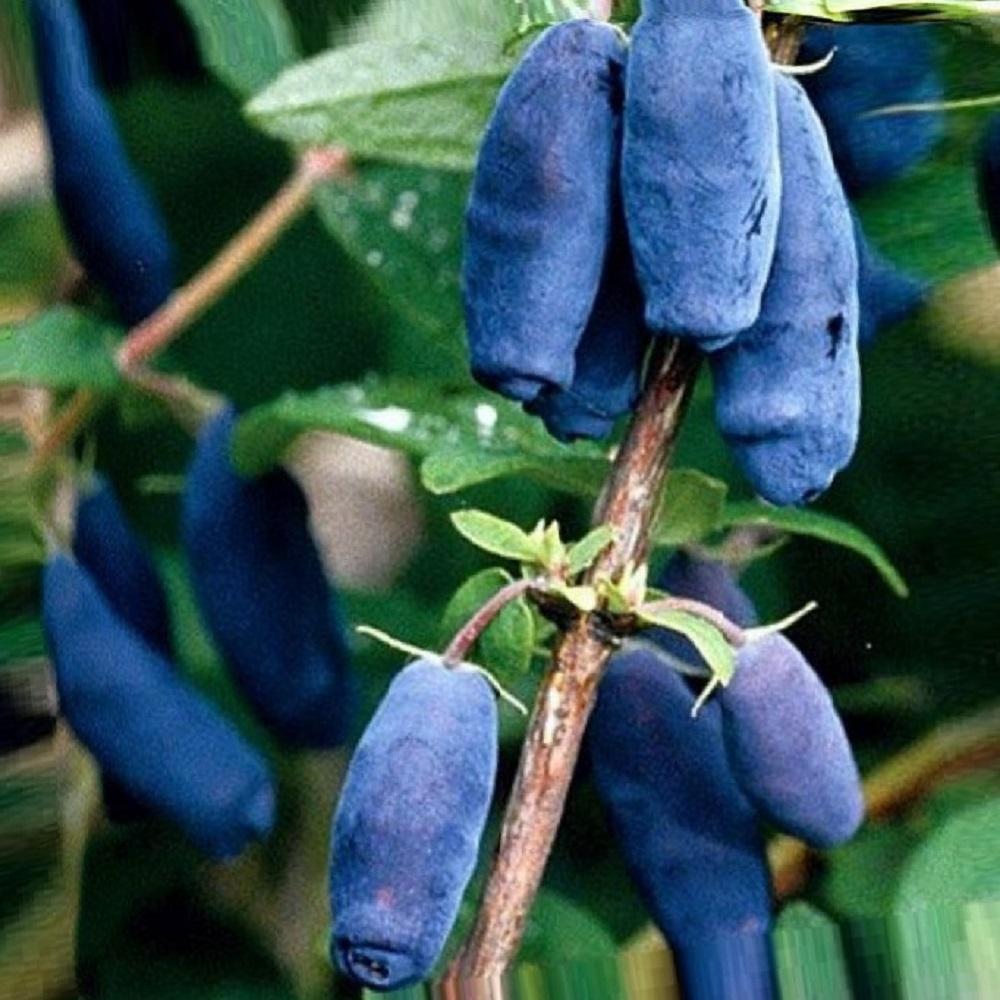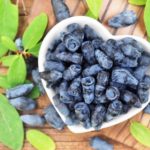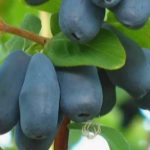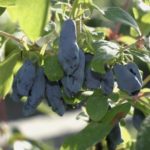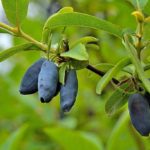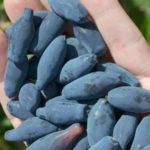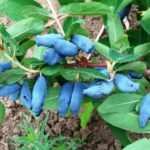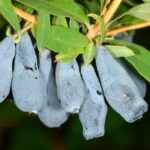Currently, there are a large number of varieties of honeysuckle. This plant is distinguished by tasty and healthy fruits. At the same time, many gardeners are interested in the description and characteristics of the Lakomka honeysuckle variety. This crop has tasty fruits without the bitterness that is typical for this crop. In addition, the fruits of this honeysuckle are much larger compared to other varieties.
History of the variety
The variety was obtained by breeder Fefelov. He was taken to based at the Nizhny Novgorod State Agricultural Academy. This crop was obtained as a seedling using open pollination. Turchaninov's honeysuckle was used as a base. This crop was included in the State Register in 1998.
Description
Honeysuckle Gourmand is a medium-sized bush, the height of which does not exceed 1.5 meters. The plant is distinguished by its compact size and thick oval crown, which consists of thin straight shoots of an anthocyanin hue. The leaves are characterized by medium size and flat shape. They have an elongated shape and are light green in color.
The berries are distinguished by their elongated oval shape and flat top. They grow to 2-2.8 centimeters and weigh 0.8-1.3 grams. The top of the fruit is covered with a dense dark blue peel, which is distinguished by a bluish waxy coating. Inside there is a juicy fibrous pulp that has a pleasant sweet and sour taste. There is no bitterness or astringency in it.
If we consider the advantages of the variety, first of all, it is worth noting the sweet dessert taste of the fruit. In addition, Gourmand is characterized by the following advantages:
- early fruiting - the plant bears tasty and healthy fruits at a time when other varieties are still at the ripening stage;
- stable yield;
- the versatility of the fruits - they can be eaten fresh, dried, frozen, used for making preserves, jellies and compotes;
- high resistance to frost - the variety can easily withstand temperature drops to -50 degrees and spring return frosts;
- slow growth of root shoots;
- decorative characteristics - thanks to the compact spherical shape of the shrubs, Gourmand is often used to create hedges and landscape compositions.
At the same time, the culture also has some disadvantages. These include the following:
- berry shedding;
- long ripening process.
Fruit characteristics
Gourmand honeysuckle is characterized by not too large fruits. Their average weight is 0.9 grams. The berries are distinguished by a standard cylindrical shape, which is close to an elongated oval with a slight flatness. The top of the fruit is covered with a bluish-blue peel with a slight waxy coating. The berries have a light, pleasant aroma.
What does Gourmand taste like?
The fruits of this variety are considered one of the most delicious. They harmoniously combine sweetness and acidity. At the same time, there are no bitter notes in the aftertaste. Lakomka berries have a pronounced sourness. This variety is characterized by juicy pulp that has a pleasant consistency.
How and when does honeysuckle bear fruit?
Gourmet fruiting begins at 3-4 years of crop life. According to the ripening period, the variety is considered early. It is possible to harvest the harvest already on June 17-22. This crop is characterized by extended fruiting. It is recommended to collect fruits 2-3 times. This is done at intervals of several days.
Average yield parameters are 2.5-3 kilograms. Maximum figures reach 5.5 kilograms per plant.
Instructions for planting and care
Honeysuckle Gourmand is a light-loving crop, so open areas that are protected from drafts are suitable for it. When there is a lack of lighting, the fruits become smaller.In addition, the overall yield decreases.
This variety is considered not too demanding on the composition of the soil. It develops normally even when grown in poor soil. However, for high productivity the plant requires light loam and sandy loam soil. It is worth considering that Gourmet grows with difficulty in acidic soil. Therefore, the land needs to be limed in advance. When choosing a planting site, it is important to ensure that the depth of groundwater is at least 1.5 meters from the surface.
It is recommended to plant the plant in the fall - from early September to late October. There must be at least 3 weeks left before the onset of persistent frosts. This is exactly the time it takes for a culture to take root in a new place. The area should be dug up in advance to allow the soil to settle. It is recommended to plant bushes at intervals of 1 meter.
The size of the recess for planting should be 40 centimeters. It needs to be filled with nutritional composition in advance. To do this, it is recommended to mix humus, peat and topsoil in a ratio of 1:1:2. It is also worth adding 60 grams of superphosphate and 40 grams of potassium sulfide to the composition. All components must be mixed and the cavity filled with the composition.
To plant honeysuckle, it is recommended to do the following:
- Make a small elevation in the center of the hole.
- Remove damaged or broken fragments from the roots.
- Place the seedling in the center and straighten the root system.
- Cover the plant with soil and compact it.
- Water the crop well.
The next day, the tree trunk circle should be covered with a mulch layer. It may consist of humus, straw or peat. This will help prevent the root system from drying out.
In order for a culture to develop normally, it needs to be properly cared for.To do this, you need to consider the following:
- Watering – honeysuckle needs moist soil. This is why it is so important to systematically water the crop. This is especially true at the stage of the appearance of ovaries and ripening of fruits. In spring and summer, you need to pour 1 bucket per bush with an interval of 2 days. In hot weather, the one-time volume is increased to 2 buckets. In autumn, watering should be stopped.
- Fertilization – shrubs require large amounts of nutrients during development. This causes soil depletion. If the soil was fertilized before planting honeysuckle, nutrients need to be added only after 2-3 years. In spring you need to use humus. It is recommended to take 5-7 kilograms of this substance for 1 bush. In the fall, it is advisable to apply compounds containing potassium and phosphorus.
- Loosening - this procedure should be carried out throughout the season. It is especially important to loosen the soil after watering. This will improve the supply of oxygen to the root system. Simultaneously with loosening, it is necessary to remove weeds, which can lead to high humidity and the development of pathologies.
Pest Control
Gourmand is considered a fairly resistant variety, which is characterized by strong immunity to pest attacks. However, if the rules of agricultural technology are violated, problems are still possible. The most common parasites that affect this variety of honeysuckle include:
- Aphids - absorb the juices of young shoots and leaves. As a result, the crop begins to lag behind in development, which has a bad effect on yield parameters.
- Scale insects are a small pest that attaches to the bark and absorbs sap from the branches. If measures are not taken in time, there is a risk of crop destruction.
To cope with pests, it is recommended to use insecticidal preparations.The most effective means include “Aktellik”, “Fufanon”, “Inta-Vir”.
Honeysuckle Gourmand is a popular plant that has very tasty fruits. They lack the bitterness characteristic of this culture. Additional advantages of the plant include early ripening and low maintenance requirements.


